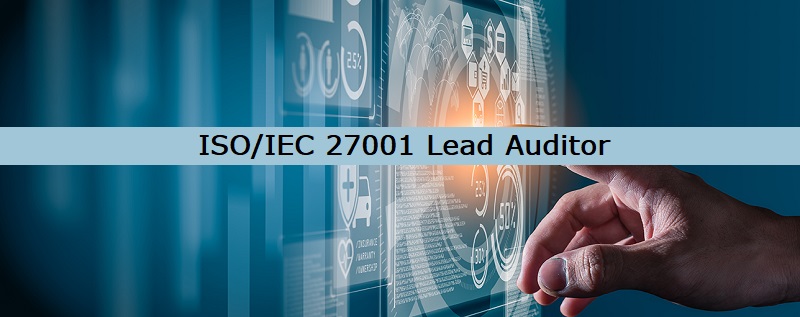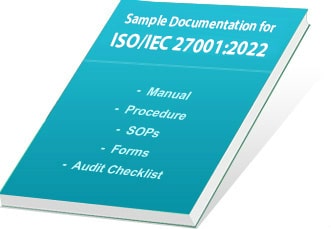
ISO 27001, first issued by the International Organization for Standardization (ISO) and the International Electrotechnical Commission (IEC), serves as the foundation for the ISO 27000 series a collection of documents describing standards for information security management. ISO 27001, also known as ISO/IEC 27001, is the central set of certification requirements for developing, implementing, running, monitoring, and improving an information security management system (ISMS). An ISMS is a defined collection of security measures designed to safeguard assets against attacks and vulnerabilities. While not all firms pursue certification, many use ISO 27001 as a guiding framework for creating and implementing best practices in information security.
To become an ISO 27001 lead auditor, start with certification training. There are two forms of auditor training: internal auditor training (two days) and lead auditor training (five days). ISO 19011:2018 ideas, vocabulary, and recommendations are used in both types of auditor training. These topics include audit planning, audit team selection, audit initiation, and opening meetings. Both ISO 27001 auditor training include ISO 27001 subject depth, as well as how to conduct the whole audit process, from establishing an audit program to reporting on audit results. As a result, ISO 27001 auditor training attendees learn how to implement ISO 27001 auditing procedures and the controls listed in Annex A.
Unlike auditor training, future auditor candidates in ISO 27001 Lead Auditor training learn communication tactics throughout the audit, audit team roles, on-site operations, and identifying findings. The program concludes with the planning and execution of closure meetings, followed by reporting audit methodologies. There are additional related exercises, such as role-plays, during ISO 27001 Lead Auditor training. In addition, to properly complete the course, an individual must pass the exam.
Therefore, even after passing the exam to complete the auditor training and receiving the certificate, the individual cannot go out and conduct audits. ISO 27001 auditor certification is a good place to start if an individual wants to work as an auditor for certifying bodies that perform certification audits. If a person does not want to work for a certifying organization, obtaining an ISO 27001 auditor certification can be highly valuable for consultants and/or internal auditors: the individual can demonstrate competence to future customers or employers. Here are some methods to becoming an ISO 27001 Lead Auditor.
- Obtain a Lead Auditor certificate – Candidates must take the ISO 27001 Lead Auditor Course and pass the exam to earn the certificate. The course lasts five days, and an individual must pass the written exam on the fifth day. As a result, participants must put out substantial effort not just in studying for the exam but also in attending the entire five-day course. If a person skips even one day, they will be unable to take the exam.
- Gain prior experience – Individuals must have at least four years of expertise in information technology, with at least two of those years spent working in information security.
- Find a certification body – A person must locate a certification body in need of an ISO 27001 certification auditor, which may be tough given that most certification bodies already have auditors.
- Go through training – When an individual finds an interested certification body, that doesn’t mean a person can start auditing right away – ISO 27006 requires that to go through a trainee program (or something similar) during which person will attend real certification audits (performed by more experienced colleagues) and learn how to perform such audits. This trainee phase usually lasts 20 audit days, following which individuals will be able to undertake ISMS audits as part of the audit team.
- Gain audit experience – To become an ISO 27001 Lead Auditor, that is, to lead a team of auditors completing an ISO 27001 audit, a person must have completed at least three full ISMS audits.




